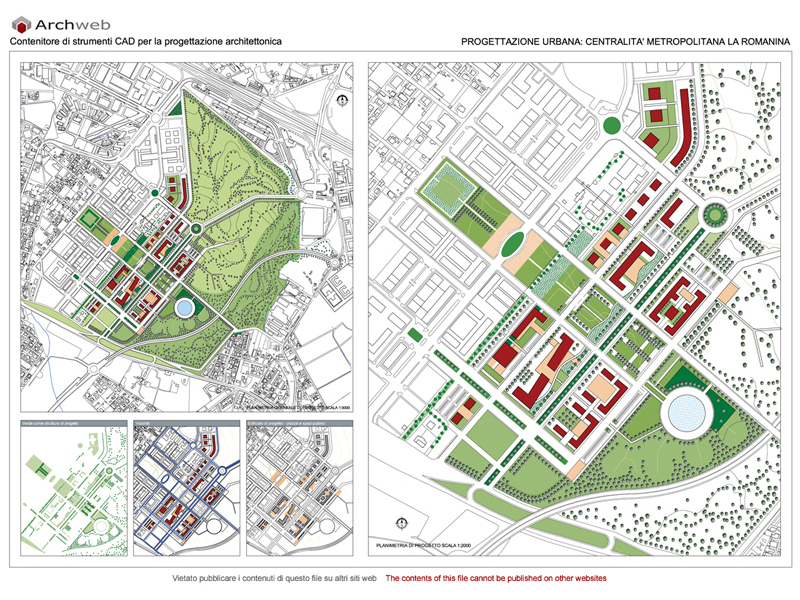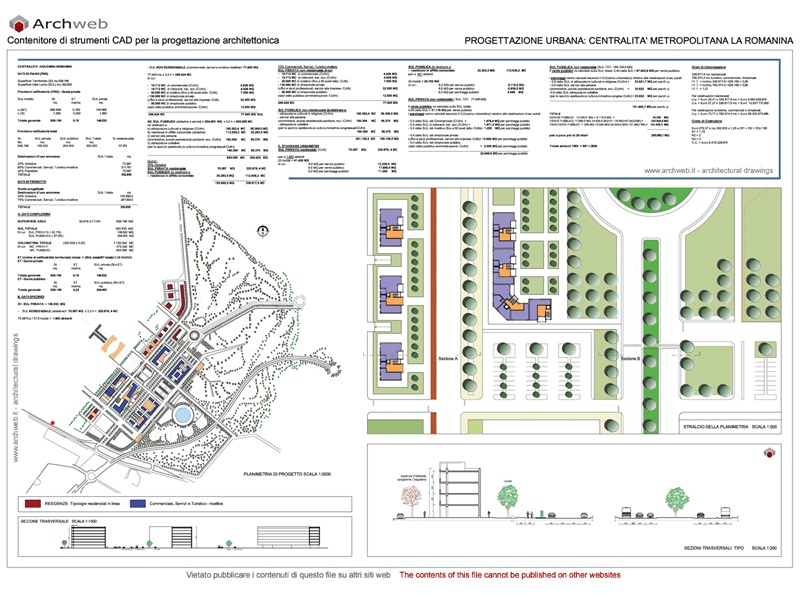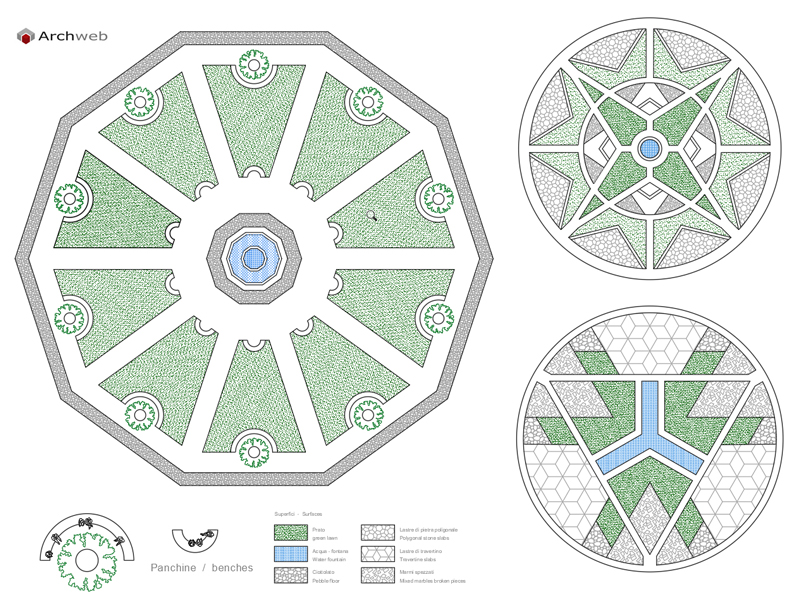The Masterplan
Land use strategies
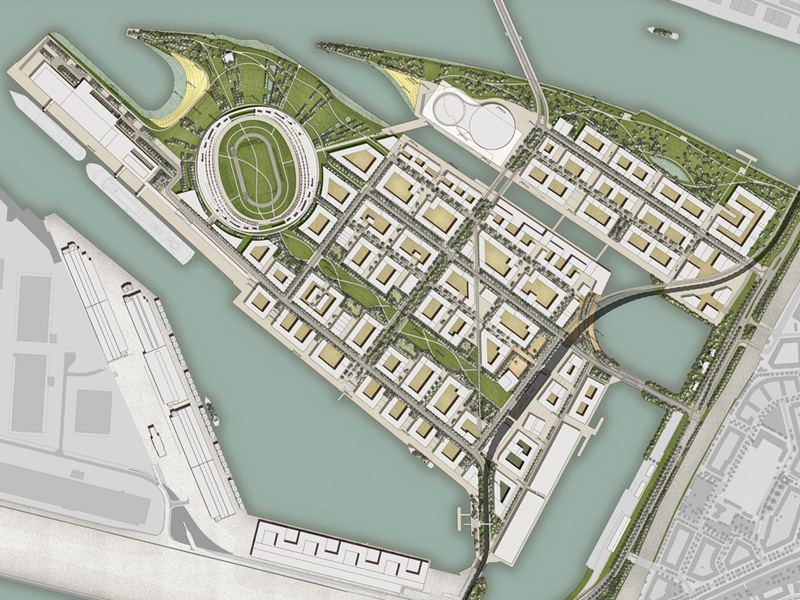
What is the masterplan?
The term Masterplan generally identifies those steering strategies through which one or more subjects (public or private) outline the planning actions aimed at obtaining an expected result. In urban planning, in general, the Masterplan is a sort of “Action Plan”: the objectives to be achieved are outlined, the competences, responsibilities and tools that the individual players in the decision-making process must carry out are defined. The Masterplan, in general, outlines sector guidelines (eg. “Logistics Masterplan”, “Port Master Plan”, “Tourism Master Plan”, etc.) thus representing – therefore – an instrument of “political” assumption of commitments to shared strategies. Unlike the urban planning tools for territorial planning, such as the Territorial Address Plan (Regional) the Territorial Coordination Plan (Provincial) the Structural Plan and the Urban Planning Regulations (Municipal), the Masterplan is a voluntary instrument, not subject to any adoption / approval procedure; this does not take away from the fact that – since it is a policy document – it is generally subject to public presentations which aim at an active involvement of the community concerned.
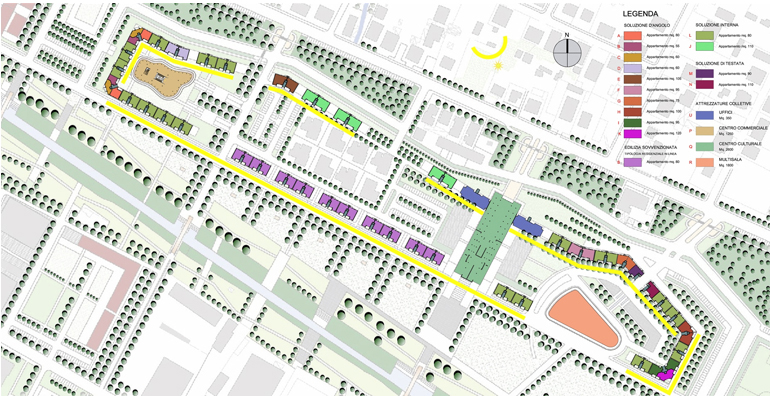
Stages of Development
The training of the Masterplan is divided into three parts:
– the analytical-interpretative phase
– the design phase
– the management phase.
The first, which refers to an area identified in a preliminary way, consists of an analysis of the relevant issues present in the context considered and aimed at highlighting the state of the places, the criticalities and potential of the territory, the economic activities present, the context social and historical-cultural and environmental characteristics.
In the second phase, the strategic development axes are defined, that is the strategies, projects and actions aimed at enhancing the economic system and the cultural, social, environmental and landscape heritage, for the area considered.
The third phase consists in “animation”, implementation and management of the actions aimed at the realization of the Masterplan. It includes a complex process of integration with urban planning tools and with financial programs approved in program agreement or with other forms of financial instruments: a process that involves monitoring and feedback phases. It presupposes the adoption of a common methodology that allows all the actors of the project to jointly define the desired structure according to expressed and shared guidelines. Considering that the Masterplan is a voluntary tool, its effectiveness is determined by a process of participatory democracy, supported by adequate communication tools that use simple and direct language capable of addressing a large and heterogeneous number of subjects.
Implementation
For each action it contains and specifies the elements that identify the object of the action, the leader who is responsible for the implementation, the associated partners, the entity and the financial sources, the implementation times. Being a voluntary procedure, it is necessary to initiate forms of partnership between institutional bodies, private actors, associations and local communities (structured relationships between stakeholders and shareholders) who commit themselves, each for their own skills, to respect and implement the action program . The continuous monitoring of the implementation phases makes it possible to intervene, in a timely and effective manner, by introducing the changes that may be necessary during a complex process in order to ensure the consistency of the results with the objectives set.
Continue on Wikipedia … >>































































